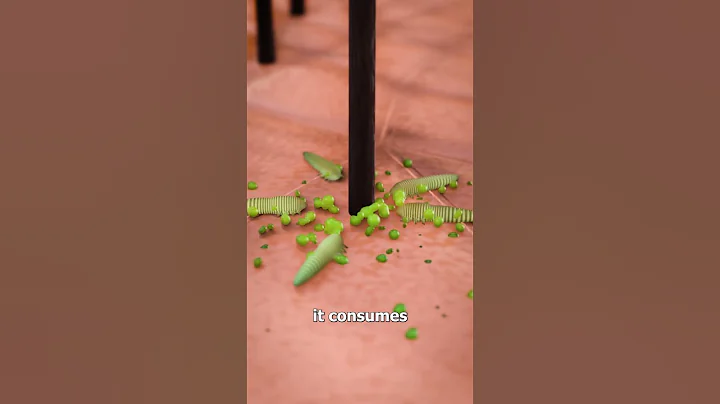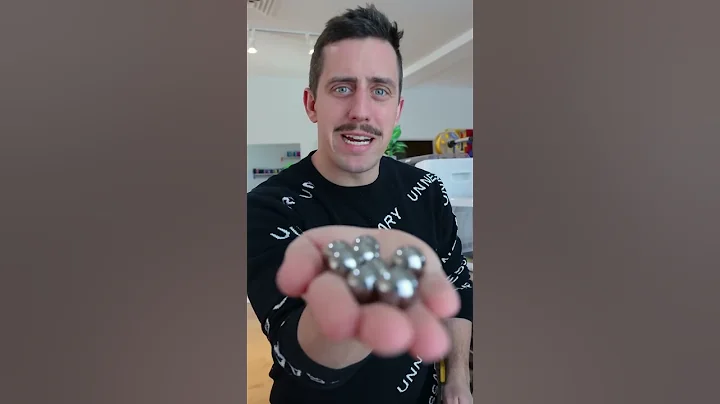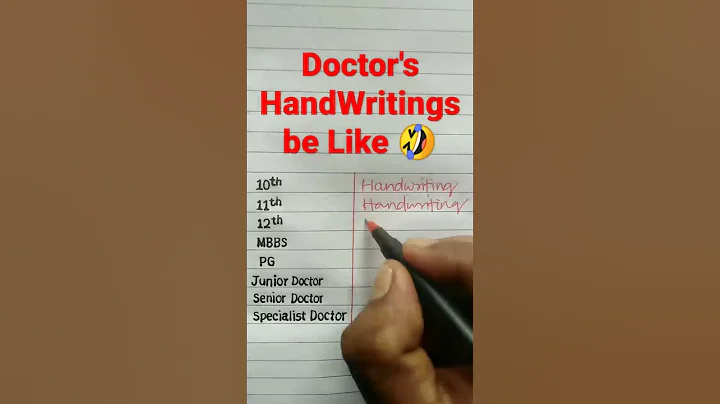design intention:
Recently, our class has carried out graphic changing theme activities for young children. I found that the children in the small class do not yet have a comprehensive understanding of graphics. I hope that in the form of a story, children can learn about the characteristics of circles while experiencing the fun of the story: they can roll and discover red things and round things in daily life.
Activity goals:
1. Preliminarily understand the content of the story and feel the interest of the work.
2. Get to know a variety of red and round objects, and feel that round objects can roll.
Activity preparation:
Background pictures and pictures of animals appearing in the story.
Activity focus and difficulty:
Activity focus:
Preliminarily understand the content of the story and feel the interest of the story.
Activity difficulty:
Recognize a variety of red and round objects, and feel that round objects can roll.

activity process:
1. Import.
. Show the little red thing. Teacher: The teacher picked up a little red thing on the road. Do you know what it is?
. The children guessed
. Teacher summary: The children just said a lot of red and round things. , let’s take a look at what it is!
2. Enjoy the story.
1. Play the PPT and the teacher tells the story emotionally.
2. Question:
(1) What is this little red thing?
(2) Who did it meet along the way? (Show the picture according to the child's answer)
(3) They regard the little red thing as What? (Show the picture based on the child’s answer)
(4) What did it say? (Children imitate the conversation of small animals together.)
3. Understand the plot of the story.
1. Lead the children to tell the story together according to the pictures provided. [.Source Qu.Teacher Lesson Plan Network]
2. Guide children to discuss: Who do they encounter when the little red things are walking along the way? What do they think of the little red things?
IV. Sharing experience
Guide the children to practice telling stories. The teacher concluded: This little thing is so interesting! They encountered many things along the way and made a lot of jokes: the little mouse thought it was a red cherry, and it wanted to be the white rabbit's . Three eyes , I thought I was a little red lantern, but later I discovered that I was a button that fell off a kitten's clothes.
5. Teacher: Let’s go outside together to see if we can encounter this little red thing! End of activity.
activity reflection:
After the first round of discussion, I decided to tell the story in segments. In "Passing the Little Bear's House", first let the children recall who appeared in the story and learn the dialogue of the small animals. At this time, let the children guess the red Who could the little thing be? Let the children recall and recognize a variety of red and round little things. Finally, show the kitten and reveal the answer. In the second round of teaching and research activities, with the previous guidance and improvement, the children really had a deeper understanding of the storyline. Of course, there are still some details that need to be paid attention to, such as asking fewer ineffective questions and providing effective guidance. After rounds of discussions, I have a deeper understanding of the development of language activities.





















